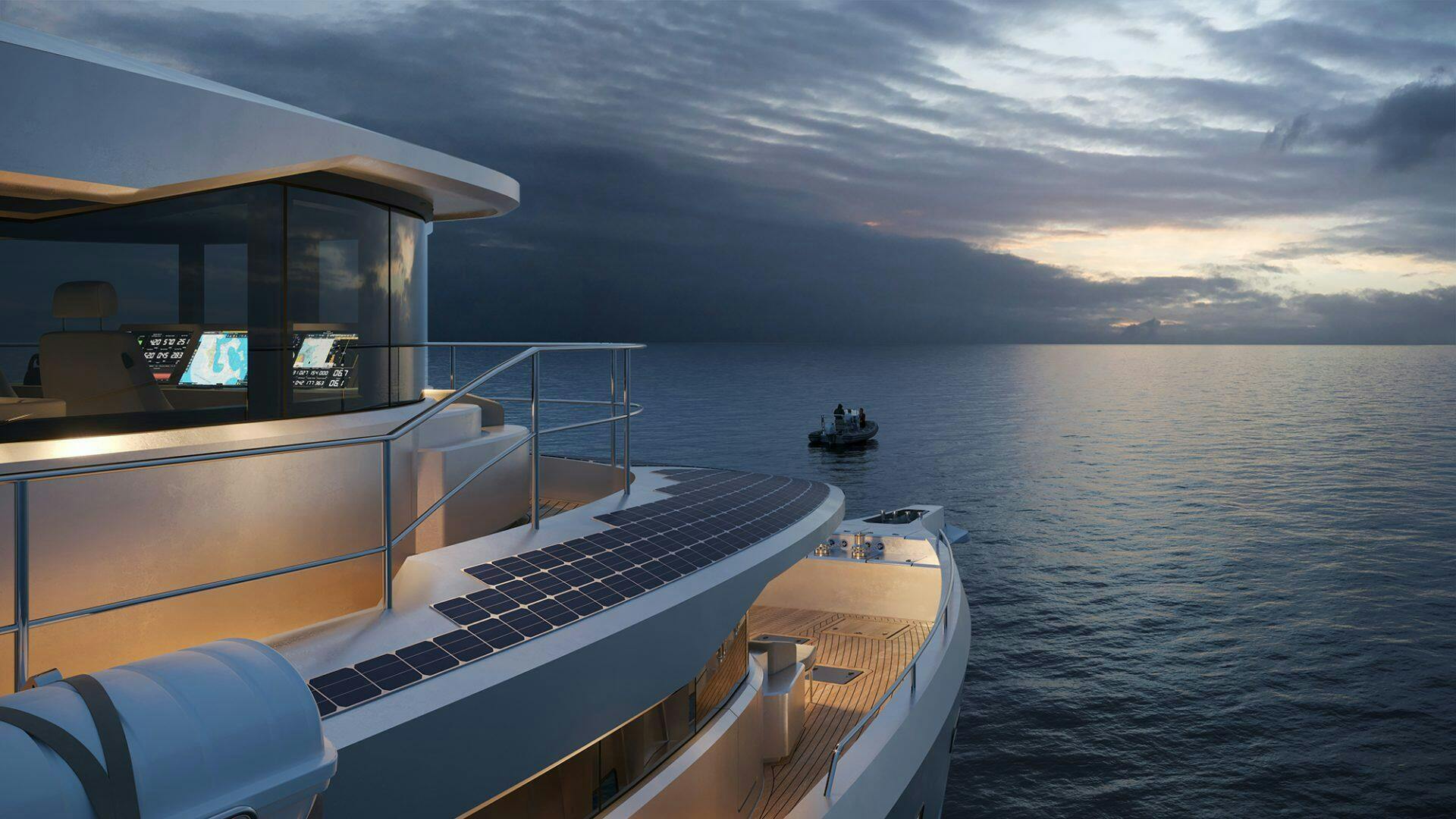
How Boats Are Built for Research
Discover how boats are built for research. Consideration at the design stage is vital to make boats more capable for marine research.
Researching the Oceans
Researching the oceans is one of the most crucial – and currently lacking – requirements in the quest for Net Zero but expanding our knowledge of the largest ecosystem is not easy.
The oceans are vast, covering more than 360 million square kilometres, and we can only learn if we explore. However, satisfying the scientific missions needed to achieve that depth of understanding requires fleets of boats and not all are equally capable.
Ocean research takes place on the fringes, on coastlines and seas, in the deep ocean, and capabilities of exploration vessels vary enormously. Any boat can be used for research purposes. Still many come with limiting factors, which is why a new design approach to deliver multi-purpose boats developed for leisure but also for science, could open up far more opportunities.
Arksen technical director Jim Mair explains:
“Our research has made it apparent just how valuable sea time and boat access is for many different individuals and organisations. At the same time, it has become clear that there is a vast list of different requirements to meet the demands of science.”
Research tasks range from basic water sampling and coastal wildlife observation to complex operation of sophisticated remote operated vehicles (ROVs) and a vast range of physical, chemical and biological research activities.
Designing Vessels for Science
Designing vessels that can achieve these scientific tasks and support a range of different ‘live aboard’ research activities, with zero or minor modifications from standard operational specification, could play a key role in how we explore our oceans in the coming decades.
“Developing vessels that offer all the comfort, autonomy, range, safety and style expected by private owners, but that also provides a suitable platform to support the widest range of research activities may sound challenging. However, with some careful thought, it is possible to meet both criteria,” explains Mair.
“Key requirements are multi-purpose storage and large versatile deck areas, such as temporary wet/dry labs, as well as a capability for the installation of refrigeration equipment to enable sample storage and the capacity to carry all the required equipment and stores for each particular mission.
“Ample internal desk or table space is key for live data collection and equipment monitoring or media production activities. Then consideration of the aft deck design can provide adaptability to facilitate the use of ROVs through onboard lifting equipment. As well as offering space to land drones or provide a capability for a large tender that can be used for taking research parties ashore.”
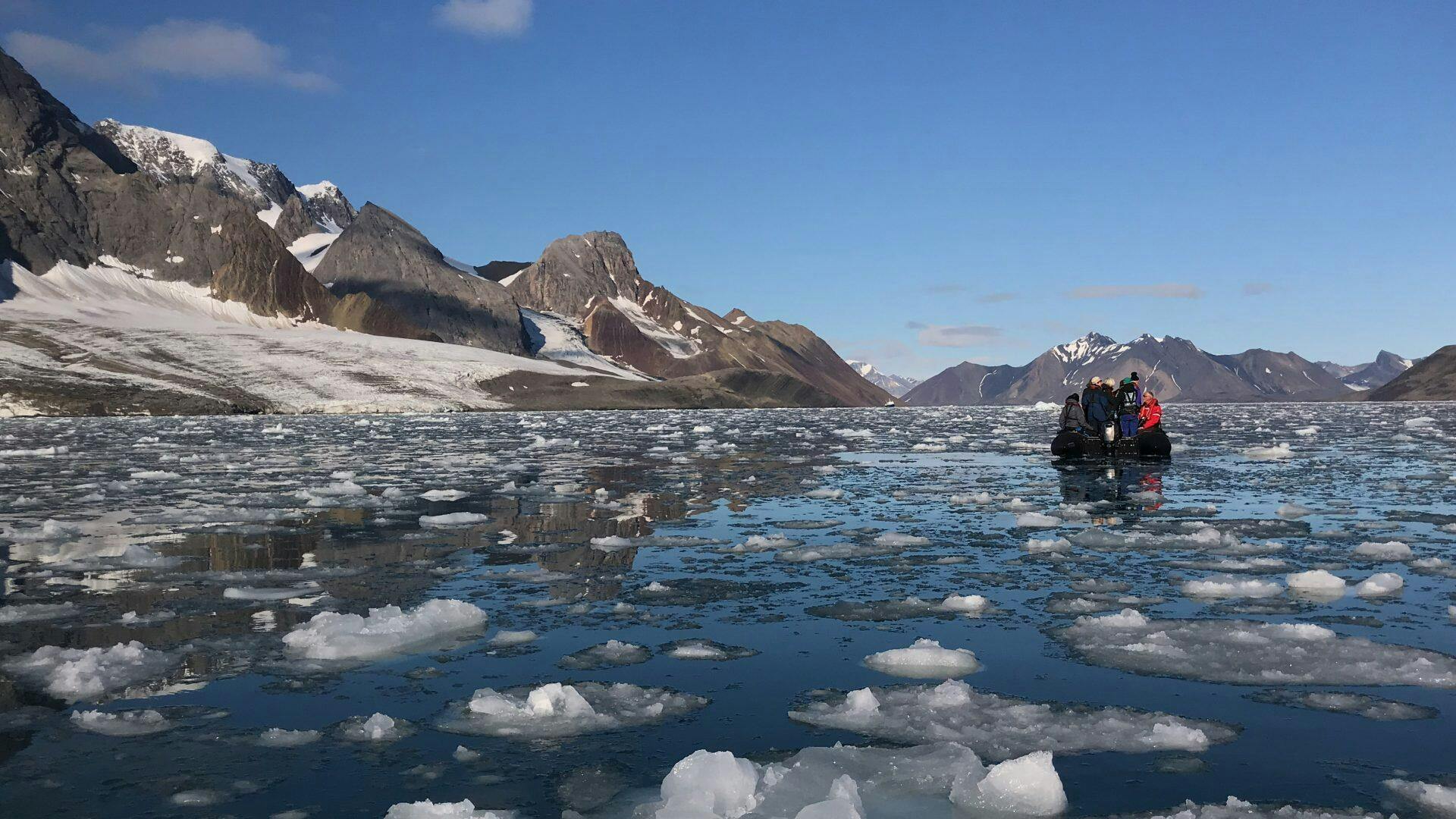
Optimising Operations
Making a boat ‘research capable’ involves a wide variety of different design criterion, but perhaps the most fundamental core requirement is achieving a wide range of operation.
Wide Range of Operation
Building in capacity for long-distance offshore missions as well as shorter onshore projects can maximise the use of a vessel, but consideration must also be made to the locations in which it is expected to operate, specifically if this will include environmentally sensitive areas.
Endurance capabilities are the bedrock of a vessel’s design and Mair explains:
“True endurance for research purposes requires a large fuel range, water making facilities, garbage stowage and the treatment and/or holding of waste as well as plenty of storage and preservation spaces for food.
“Just as important as the above, however, should be a focus on designing the boat with robust, redundant and easy to maintain systems and providing a suitable level of onboard comfort and safety for crew, in even the harshest of conditions.”
These are not your typical luxury vessel requirements, but by designing these elements in without compromising on the functionality also leads to benefits for private ownership, providing the capability to go further and explore more than your average boat.
Flexible Accommodation
Another mission-critical factor is accommodation, as even the smallest projects can often require more than just the base scientific team. Missions into remote destinations may require additional onboard medical support while certain areas may require guides and/or pilots to navigate specific stretches of water.
Designing flexible accommodation can define the boat’s suitability, but so can the ability to optimise research mission efficiency.
Mair explains:
“The aim is to minimise the need for prolonged mobilisation or demobilisation, as this not only minimises the costs involved it also maximises the ‘time on site’ which is crucial for private vessels being occasionally being made available for research, or for those with a busy schedule.”
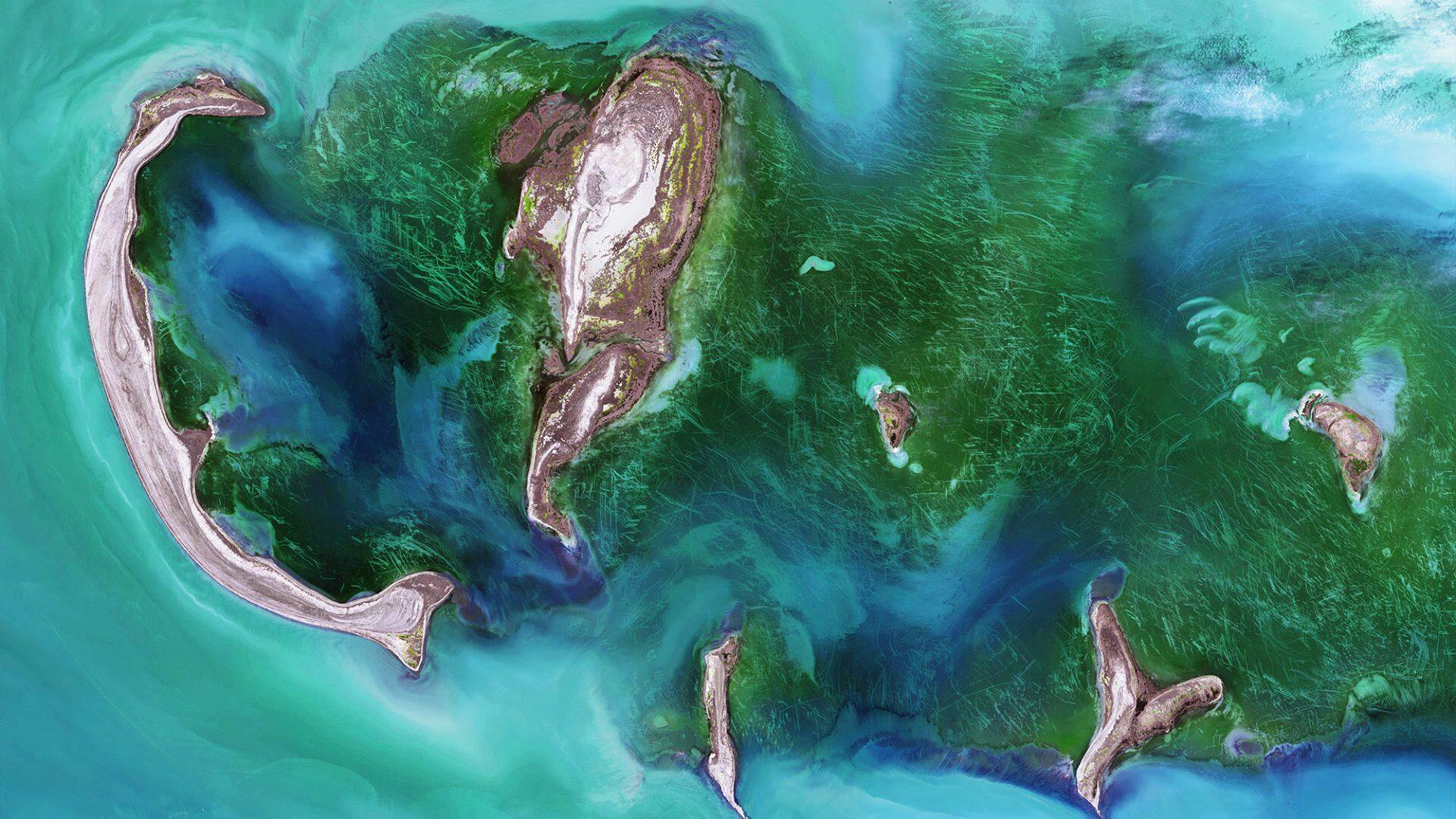
Powering the Science
In modern science, data is king. No matter how big or small, every research project develops data and relies on power and networking capabilities to log, store, and analyse all this information.
Optimised for Research
Optimising a vessel’s infrastructure for research is, however, in some ways, not much different to optimising for private entertainment. The power, networking, hardware and IT infrastructure to support both can be similar, even if in some instances it is differently scaled.
In the layout of this network infrastructure, paying attention to the requirements for research in the design process can pay dividends, for example, providing the right level of scalable capacity and selecting critical locations for plugs and network sockets.
Mair says: “It’s important to have power capability internally and externally to enable researchers to run equipment and charge batteries for devices, cameras, drones, and so on. Wi-Fi and LAN connections should also be available inside the vessel and on deck, with built-in capability to support additional sensing and data logging systems without limiting connectivity, speed and coverage.”
Vessels will often log basic data such as sea temperatures and meteorological data against GPS position. Still, the ability to connect this information to enhanced sensing and measuring systems is often essential for research purposes. So, too, is the capability to change different elements on the network.
“Different missions require the temporary installation of different equipment, such as refrigerators and chemical analysis equipment in various forms,” explains Mair. “Ideally, these should be located adjacent to sample collection and sorting areas, to optimise vessel functionality.
“A well-designed research-capable vessel will have space available for securing miscellaneous equipment such as this, with available connections for any power, drainage and water requirements. This capability alone can facilitate a significant variety of research tasks that would otherwise be impossible.”
Interior Layout Design
Similar flexibility can also be applied when designing the overall layout of the vessel’s interior, providing sufficient areas for general operation of the vessel and welfare of the crew, as well as areas for workstations of various types.
“Depending on the mission at hand, this could be space for someone to sit with a laptop or a countertop to be used as a wet or dry lab area,” explains Mair. “The majority of research tasks will require dry storage for equipment and/or samples, so the more ‘multi-function’ spaces the vessel can offer, the better.”
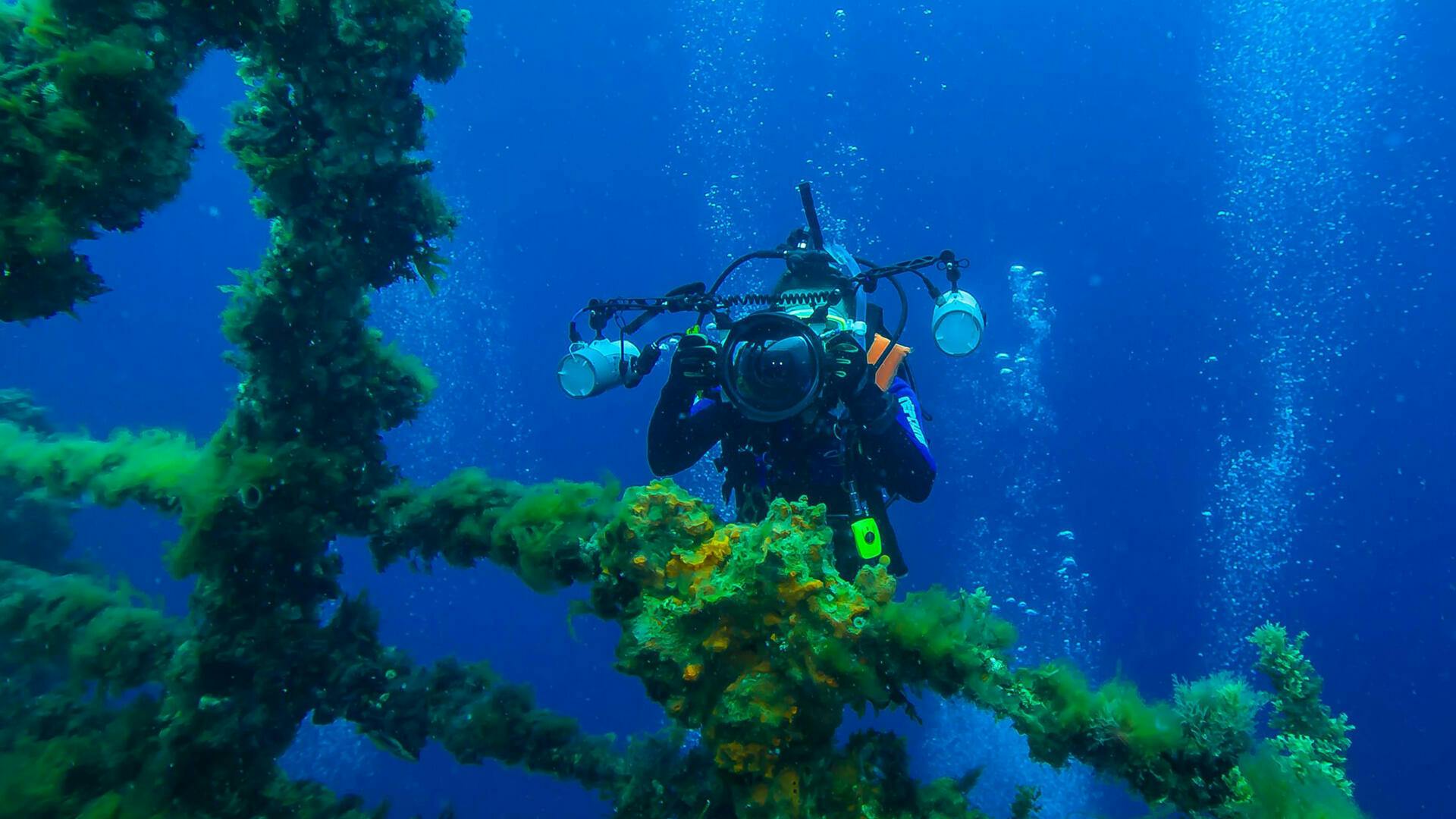
Space to More
One of the biggest restrictions on vessels that have not been purposely designed for science is a lack of deck space. Recreational vessel design typically sees above deck space as valuable real estate for maximising interior volume or creating large exterior seating and dining areas.
“These are not useful on a research vessel, which requires more open deck space,” explains Mair. “It is possible to achieve both, however, by designing in modular furniture and providing plenty of lashing points to maximise the potential for stowage of equipment or stores when larger deck space is required, for example, the mobilisation or operation of tenders, equipment and ROVs.”
Suitable Space for all Operations
The ability to safely access the water in a smaller craft is usually a pre-requisite for a research vessel. This can take the form of passenger boats for sample collecting or animal tagging or drones, dive vessels or ROVs.
Many larger cruising boats typically have a tender for normal operations, and equipping this with research functionality is a relatively simple process.
“As a minimum, the smaller vessel should provide safe transit for passengers but also for divers, with capability for equipment stowage internally or on deck and a safe means of entering and exiting the water,” says Mair. “A vessel with more enhanced capability would offer equipment, safety systems, bottle refill and spares to support SCUBA operations for up to six divers.”
For larger operations, research vessels need some form of internal dive centre or modular on-deck dive module and the capability to launch, recover, securely stow and preferably refuel tenders.
Some research operations may require a form of onboard lifting apparatus, but as most lifting devices are not particularly aesthetically pleasing, clever design is required to build in this capability when creating a craft with dual recreational and scientific focus.
“Tasks such as equipment recovery and the towage of sensors or sample nets all benefit from the availability of lifting solutions such as a winch, a manually operated gallows davit, a hydraulic deck crane or, most usefully, an a-frame with winch,” says Mair.
“Depending on vessel size and research task, these lifting solutions could be permanently installed or have suitable mounting infrastructure positioned but hidden from view when the vessel is not in ‘research’ mode.”
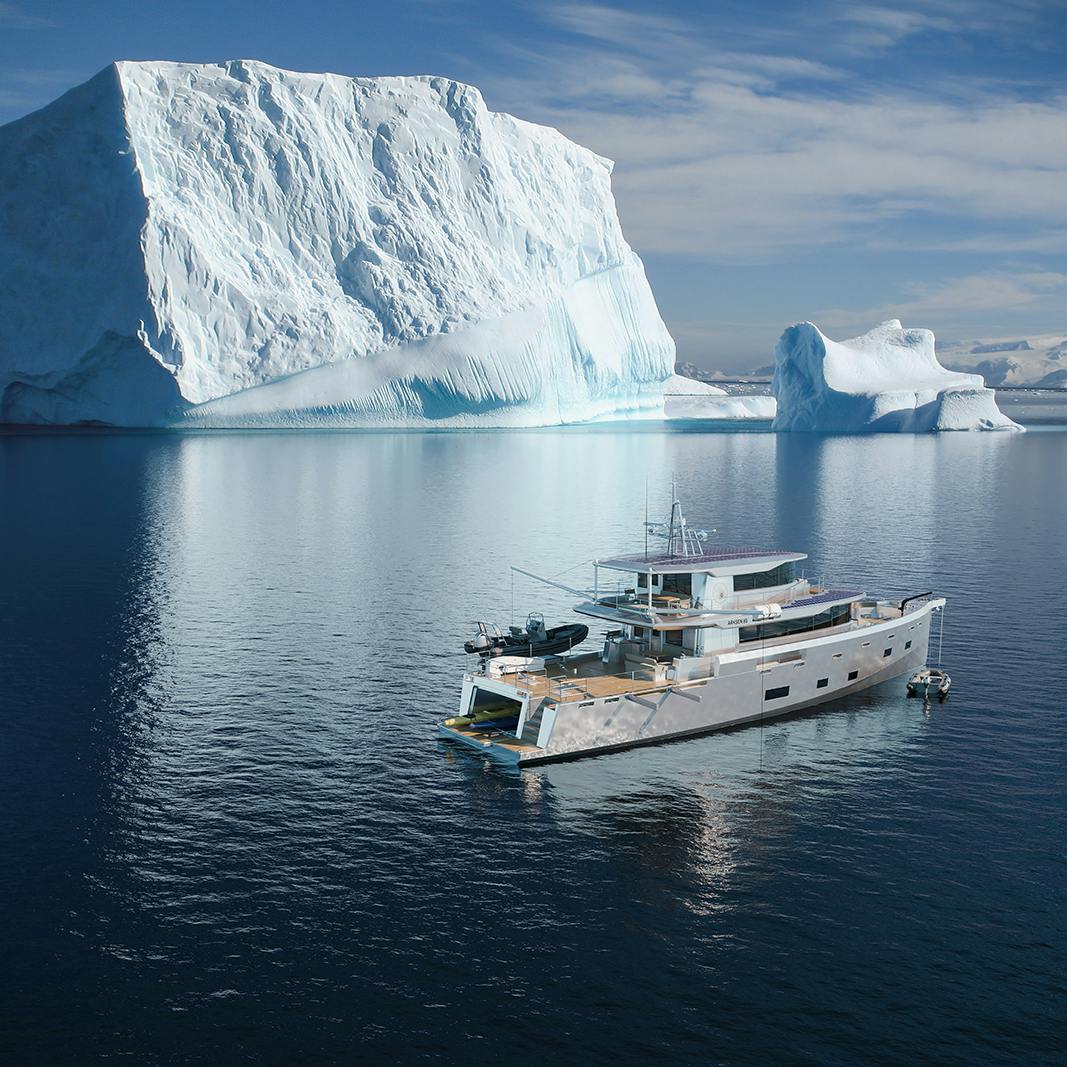
Adaptability & Suitability
Adaptability is the most important element of a good research vessel and it is this area of focus that gives Arksen’s exploration vessels a unique position within the marine industry.
Built for Research
The company’s series – the 45, 60, 75 and 85 – are all designed with research in mind, but without compromising the level of expectation associated with private luxury boat ownership.
As every owner is encouraged to dedicate a percentage of the vessel’s time per year to research projects, each vessel has a specific ‘research mode’ to provide a high degree of inherent research capability, without substantial mobilisation or demobilisation.
Mair explains: “Each vessel suits a different style of research and because of the flexible, modular design approach, they can quickly be switched for different modes within that specific type of mission.
“The 45 is best suited to nearshore work, with a large tracked aft deck for dive equipment and small ROV launches and an innovative modular tracked interior for rapid reconfiguration of seating, stowage and facilities to suit varying mission profiles. It also has accommodation for scientists on multi-day missions and the power to achieve fast transfer speeds to the research site.
“The 60 has increased endurance for long-range multiple person research voyages, with a large modular aft deck and stern platform, with a small lifting davit or option to fit an A-frame, for stowage and launch of larger ROV or towed equipment. There is also the capability for mounting multi-beam echosounder and survey-grade systems.
“The largest of the fleet, the 85, can cope with extended ocean passages and long periods on site, as it offers comfortable accommodation for larger teams. There is an extensive deck area with lifting equipment for larger support vessels, a large multi-function lazarette with direct access to the water from a large aft platform door and adaptable sensing systems infrastructure with enhanced data communication options.”
The fleet has the potential to boost the capabilities of consumer-driven science on the oceans, but there is one final piece of the jigsaw that will help everything fit into place. And it’s about location, location, location.
The positioning of research capable vessels can be a major sticking point for scientists, and projects are often sidelined due to a lack of suitable resource in the required location to facilitate the mission.
New Business Models
However, new business models such as shared and syndicate ownership and mass rally events help solve that issue by deliberately positioning vessels in areas most needed to carry out important research.
“Privately owned vessels are typically sited depending on the owners’ usage requirements, but syndicate-owned vessels are different,” says Mair. “These can be placed for operation in specific locations around the world each season, with time allocated for research use each year.
“In addition to this, our ‘Rally’ events attract a select numbers of boats to specific locations, and this can be used to offer data gathering opportunities along specific routes or destinations each year.”
As the quest for Net Zero for 2050 steps up, ocean research will become increasingly important in the big picture. Without the vessel capabilities in the locations we need them, we will never get the answers the planet requires.
Discover how you could get involved with the Yachts for Science program now, or request more details about any of the Arksen vessels.
